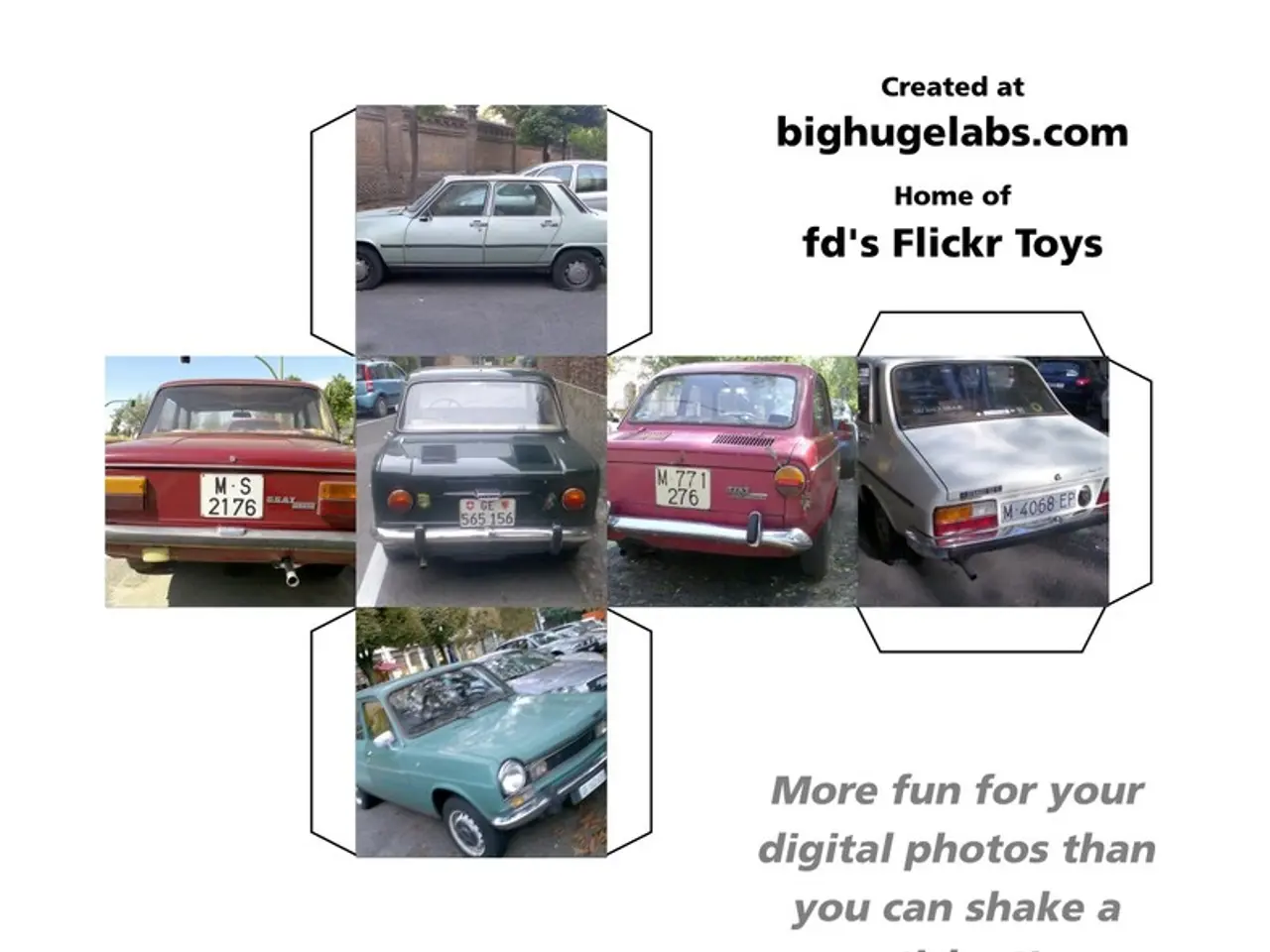Uncovering Key Participants: A Comprehensive Examination of Stakeholder Charts
In the realm of design projects, effective communication and collaboration with stakeholders play a crucial role in ensuring project success. One tool that aids in this process is a stakeholder map. This article will guide you through the steps of creating a stakeholder map, a visual or physical representation of individuals and groups involved in a specific challenge or system.
Identifying Stakeholders
The first step in creating a stakeholder map is identifying all people, groups, or organizations who have an interest in or are affected by the project. This can be done through brainstorming sessions with the project team and consulting external parties like clients or communities. The list of stakeholders is then recorded in a stakeholder register.
Assessing Stakeholders' Involvement
Once the stakeholders are identified, the next step is to determine each stakeholder’s level of power, influence, interest, and potential impact on the project. Large projects may group stakeholders before assessing their collective influence. This assessment helps prioritize focus and engagement efforts.
Choosing a Mapping Framework
Next, select an appropriate framework to visualize the stakeholders based on project needs. Common types include the Power-Interest Grid, Influence-Impact Matrix, Salience Model, Onion Diagram, and Role-Based Mapping.
Creating the Map
Plot the stakeholders on the chosen framework, placing them according to their assessed attributes (e.g., power, interest). Use visual cues like colours or labels for clarity. The stakeholder map should be easy to update and understand.
Analyzing and Using the Map
Use the map to plan communication, engagement strategies, and risk mitigation. Continuously monitor stakeholders and revise the map as the project progresses and stakeholder dynamics change.
Best Practices
Understanding stakeholders’ unique needs and expectations is essential to tailor communication and engagement. Establishing feedback loops helps build trust and align expectations. If stakeholders respond negatively, strategies for winning their support or managing their opposition are considered. Insights gathered from these questions help determine who to include in the design and development team and who to empathize with during the exploration of human needs and experiences.
Conclusion
Creating a stakeholder map for design projects is a structured process of identifying, assessing, visualizing, and managing stakeholders to ensure effective project alignment and communication. It remains a living document requiring ongoing updates as new stakeholders emerge or interests change.
For those interested in learning more about stakeholder maps, references are available from various sources, including the Lucidchart Content Team (2019), Rachel Thompson (2016), DIY Tool Kit, ServiceDesignToolkit (2012), Project Manager, IBM, and others. A free template for creating a stakeholder map is also available for download.
Engaging and communicating with stakeholders effectively is the final step in creating a stakeholder map, ensuring a successful design project for all involved.
[1] Lucidchart Content Team. (2019). Stakeholder mapping. Retrieved from https://www.lucidchart.com/pages/stakeholder-mapping
[2] Thompson, R. (2016). Stakeholder mapping. Retrieved from https://www.mindtools.com/pages/article/newTMC_92.htm
[3] DIY Tool Kit. (2012). Stakeholder mapping. Retrieved from https://diytoolkit.org/stakeholder-mapping
[4] ServiceDesignToolkit. (2012). Stakeholder mapping. Retrieved from http://www.servicedesigntoolkit.org/tools/stakeholder-mapping
[5] Project Manager. (n.d.). Stakeholder mapping. Retrieved from https://www.projectmanager.com/article/stakeholder-mapping
[6] Image credit: Kennisland, CC BY-SA 2.0.
- To ensure a successful design project, it's important to involve stakeholders such as UX designers, UI designers, and business representatives from the finance and technology sectors in various stages of the stakeholder mapping process.
- Effective stakeholder management during the design phase can help in tailoring the project to meet the unique needs and expectations of each stakeholder, particularly those focused on interaction design.
- As technology continually evolves, it's essential to keep the stakeholder map updated and reevaluate stakeholder dynamics from various perspectives, such as power, influence, interest, and potential impact, ensuring effective project alignment and communication for everyone involved.




